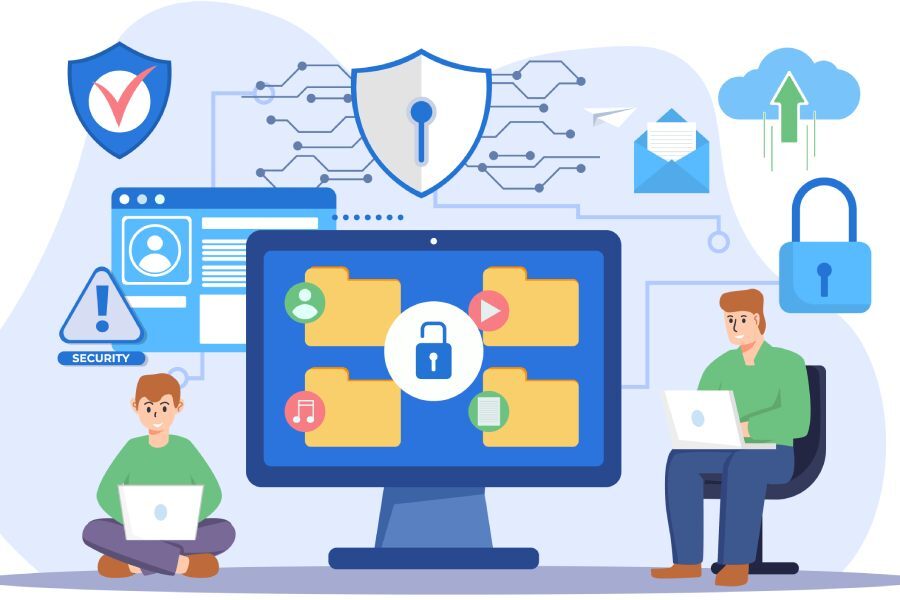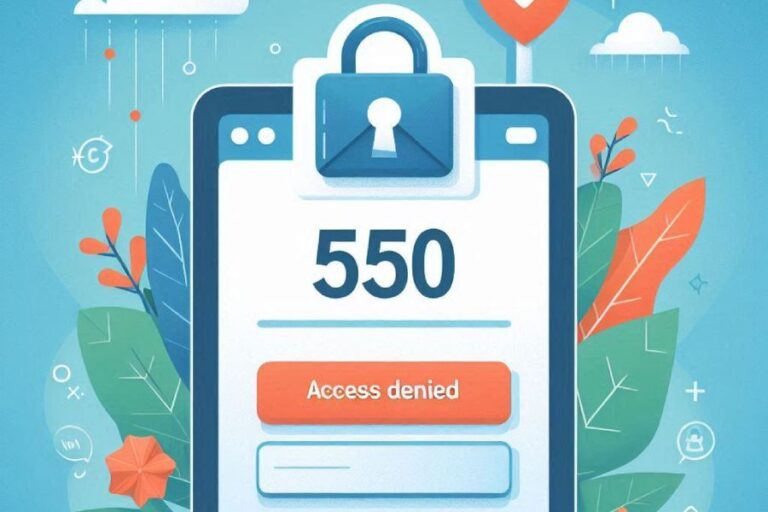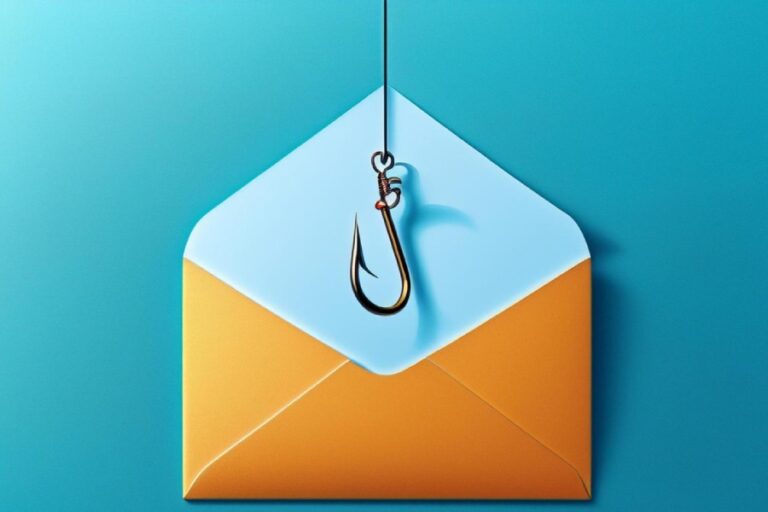There is a common misconception that email security is only meant for large organizations or, at most, mid-sized startups. But the truth is, cyberattackers spare no one, especially not public personas like celebrities and influencers.
Now that influencers have garnered the recognition and status of a celebrity, they have become the next big target for these attackers. What these cybercriminals do is they target your trust and the visibility that you have gradually built over the years. And one of the easiest ways to do this is by email spoofing.
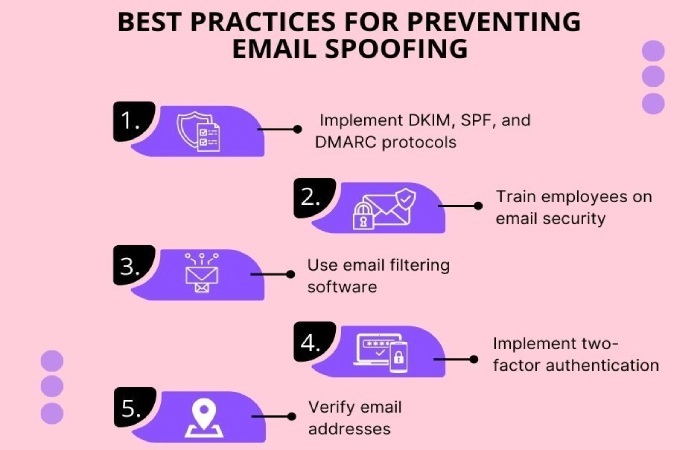
As an influencer, since you interact with a lot of people over email, whether it is a brand, an influencer marketing agency, or even your followers, it becomes fairly easy for attackers to slip into the communication channel, pretending to be you.
All they have to do is send an email that looks like it’s coming from you, but in fact, is a phishing email. This can seriously damage your credibility, the relationship you’ve built with your followers, and your future opportunities.
But the good thing is, there is a way to prevent it all. In this article, we will explore how you can protect your personal brand as an influencer.
The first step to protecting your brand emails
Unfortunately, protecting your brand emails is not as simple as setting a password or turning on two-factor authentication. With cybercriminals getting smarter than ever and cyberattacks becoming more sophisticated, you need something that offers more than surface-level protection. After all, it is about ensuring the recipient that every email sent under your name is genuinely yours.
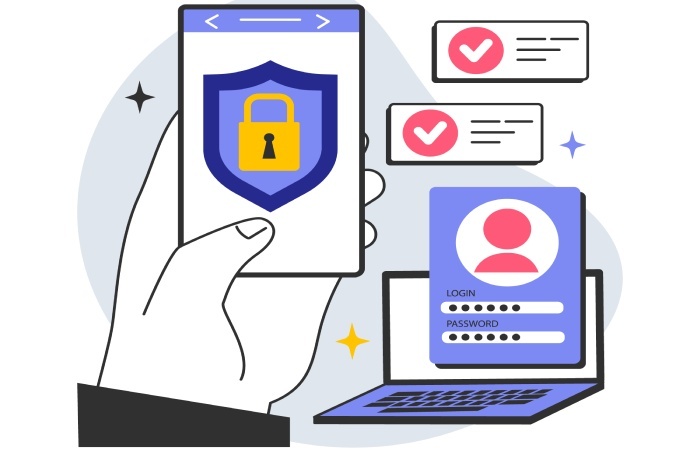
One of the best ways to give your recipients this assurance is by implementing SPF or Sender Policy Framework. This email authentication protocol works by specifying, in your domain’s DNS records, which mail servers are authorized to send emails on your behalf. So, when you send an email from your domain, the receiving server checks for the SPF record and verifies if the sending server is listed in the record. If it is, the email passes the SPF check and is delivered to the recipient; if not, the email fails authentication and may be rejected or flagged as spam.

Before you go on to implement, remember, SPF can only be implemented if you own and control your domain. It does not work with a free email address such as @gmail.com, @yahoo.com, or @outlook.com. For SPF to work, it is important that you own a custom domain like “yourband.com”.
Types of email threats influencers face without SPF
If your domain is not protected with proper security measures like SPF, it opens the door for various email-based attacks that seem so real and convincing that an unsuspecting user might not even question their authenticity. Here are some of the email-based threats that you might be susceptible to as an influencer.
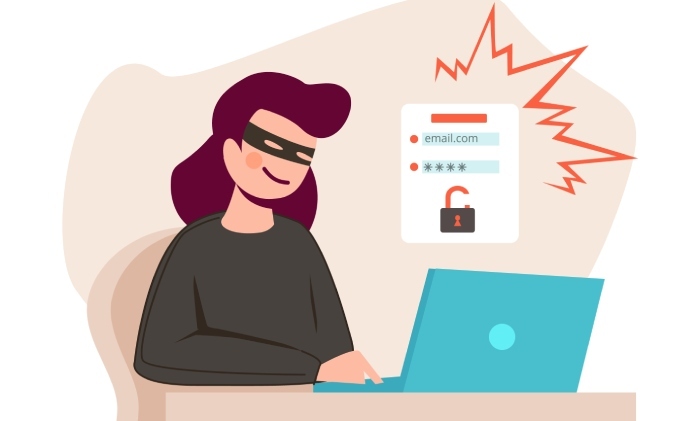
Sponsorship scams in your name
Cybercriminals often send fraudulent collaboration emails to brands, promising them certain deliverables or asking for “upfront payment” for a fake collaboration. Although it wasn’t you who sent the email, the brand might believe it was and lose trust in you, damaging your reputation and chances of getting genuine partnerships in the future.
Fake giveaway or contest emails
Fake giveaways are another way attackers use to tarnish your reputation, deceive your followers, and steal their personal information or money. They create compelling emails that look like they’re coming from your official address, promising very lucrative prizes in exchange for personal information or a nominal fee. This ultimately erodes your followers’ trust in you and causes lasting damage to your personal brand.

Malware or phishing links sent as ‘you’
Scammers can pretend to be you and send brands or agencies an email with a fake “media kit” that actually contains a virus or a phishing link. If someone opens or downloads them, it can affect their system or even steal their data. This not only harms the recipient but can also get your email address flagged as unsafe, which means that your recipients will no longer trust any email from you, or worse, they might get blocked altogether.
PR attacks
These kinds of attacks happen when someone pretends to be you and sends offensive emails to your sponsors, partners, or followers. Their primary aim is to stir conflict and create misunderstanding, to make you look bad. Even if you prove later that the emails weren’t from you, the trust you’ve built can still be shaken, and repairing those relationships can take time.
Best practices for protecting your personal brand with SPF
Now that we have established the need for SPF to keep your brand safe from phishing, spoofing, or impersonation attacks. Here are some of the best practices to follow while implementing SPF:
Stay within the lookup limit
As much as you’d like to list all your sending services in the SPF record, the authentication protocol allows a maximum of 10 DNS lookups. If you cross this limit, your SPF check will fail, and even your legitimate emails might end up in spam.
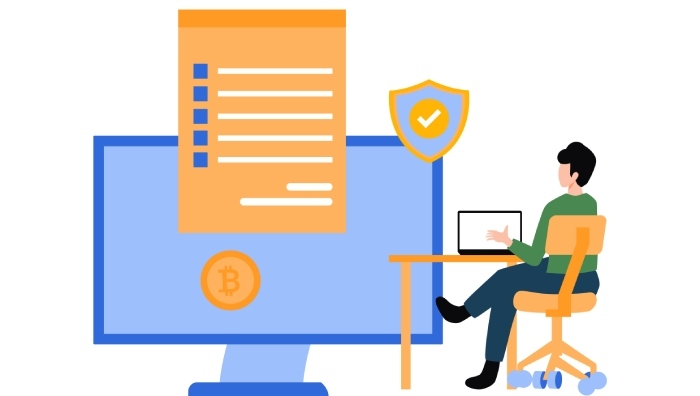
Stay within the character limit
You must also maintain the character limit while implementing SPF. If your record is too long, it may break or fail to validate. So, it is best to keep the record concise.
Use SPF in tandem with DKIM and DMARC
SPF can only do so much by itself. If you really want to protect your personal brand emails, pair it with DKIM, which verifies that your messages haven’t been tampered with, and DMARC, which tells receiving servers how to handle suspicious emails. When these protocols come together, they create a stronger and more layered defence, which is difficult for attackers to bypass.
Don’t DIY SPF
Implementing SPF is not as easy as listing all your sending sources in a file. The syntax needs to be precise, the order of mechanisms matters, and a small mistake can break your record entirely.

Add all sending services to your SPF record
An important step is to add all the sending services that send emails on your behalf, whether it’s your personal email account, your manager’s email, or a marketing platform. If you leave out even a single address, chances are that genuine emails will end up in the spam folder or be rejected altogether.
If you’re just starting out with your influencer journey and building your personal brand, implementing SPF is the first step. To get it started for your brand, contact us today!
